How to Grow Shallots - Organic Gardening Blog
Por um escritor misterioso
Last updated 30 maio 2024
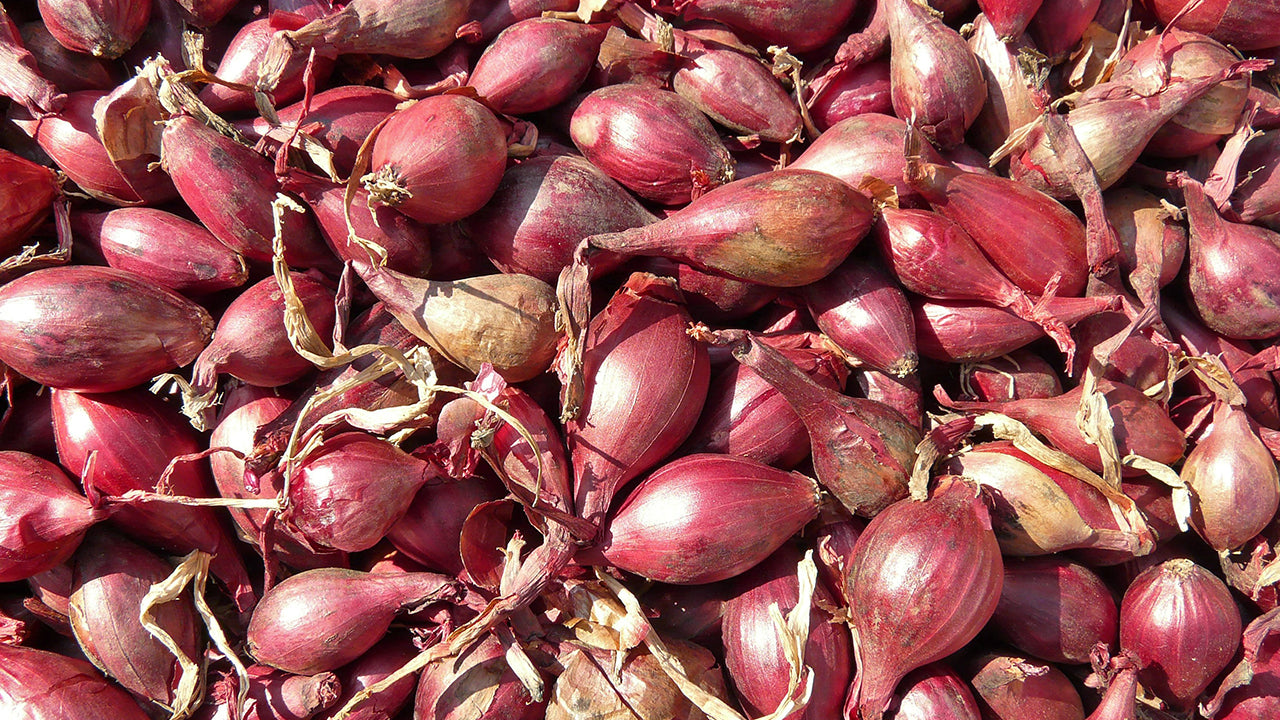
Learn to grow shallots with our handy growing guide; from how to prepare your soil, which bulbs to plant, spacing, fertilizing, and when to harvest.
Preparation Shallots are very tolerant to a wide range of soils. They can be grown in acidic soil down to 5 pH, but prefer 6.0–6.8 pH. Best to plant in fertile, well-drained soil. The looser the composition of the soil, the larger your shallots will grow. Prepare your shallot bed by turning under or tilling in compost (be sure to use compost that is fully aerobically broken down and contains animal manures and plant residues, rather than cedar or redwood). Make sure your soil has ample phosphorus. Gophers love shallots as much as they like garlic; protect your beds with gopher wire or traps. Planting & Growing Shallots are planted from bulbs, rather than cloves like garlic. Also if you plant smaller shallots, you tend to get larger bulbs produced in the following harvest. Shallots should be spring planted in very cold areas. Separate multiple bulbs and plant each individual bulb, root end down. Space 6–8” apart with 10–12” between rows. Plant just deep enough so that the tip lies level with the soil surface. Unlike garlic, which forms a bulb from a clove, shallots will form a cluster of 5–12 bulbs around the original bulb. This cluster will spread out more than a garlic bulb and therefore requires more space between plants. Do not use mulch as it may rot bulbs, which are not strong enough to push through mulch. After planting shallots, water well or lightly if in heavy soils, and only water again when the soil is dry. Remember, shallots love water and food, but they must have good drainage or the bulbs will rot. In the spring, feed the shallots with either composted manure or a well-balanced fertilizer before the bulbs begin to enlarge. Keep the bulbs well watered and weeded; they grow best with at least 1” of water per week. Remove any seed stalks that form to focus the shallots’ energy into forming bulbs. Harvesting Your shallots can be harvested when leaves turn brown and begin to fall over. Loosen the soil and dig up the shallot cluster. Remove soil and cure in a well ventilated shady location for about 1 month. After cured, remove dried tops and store in a cool (50°F) dry location (away from apples and tomatoes which give off ethylene gas). Can be stored in mesh bags. Save the smaller bulbs for replanting.
Preparation Shallots are very tolerant to a wide range of soils. They can be grown in acidic soil down to 5 pH, but prefer 6.0–6.8 pH. Best to plant in fertile, well-drained soil. The looser the composition of the soil, the larger your shallots will grow. Prepare your shallot bed by turning under or tilling in compost (be sure to use compost that is fully aerobically broken down and contains animal manures and plant residues, rather than cedar or redwood). Make sure your soil has ample phosphorus. Gophers love shallots as much as they like garlic; protect your beds with gopher wire or traps. Planting & Growing Shallots are planted from bulbs, rather than cloves like garlic. Also if you plant smaller shallots, you tend to get larger bulbs produced in the following harvest. Shallots should be spring planted in very cold areas. Separate multiple bulbs and plant each individual bulb, root end down. Space 6–8” apart with 10–12” between rows. Plant just deep enough so that the tip lies level with the soil surface. Unlike garlic, which forms a bulb from a clove, shallots will form a cluster of 5–12 bulbs around the original bulb. This cluster will spread out more than a garlic bulb and therefore requires more space between plants. Do not use mulch as it may rot bulbs, which are not strong enough to push through mulch. After planting shallots, water well or lightly if in heavy soils, and only water again when the soil is dry. Remember, shallots love water and food, but they must have good drainage or the bulbs will rot. In the spring, feed the shallots with either composted manure or a well-balanced fertilizer before the bulbs begin to enlarge. Keep the bulbs well watered and weeded; they grow best with at least 1” of water per week. Remove any seed stalks that form to focus the shallots’ energy into forming bulbs. Harvesting Your shallots can be harvested when leaves turn brown and begin to fall over. Loosen the soil and dig up the shallot cluster. Remove soil and cure in a well ventilated shady location for about 1 month. After cured, remove dried tops and store in a cool (50°F) dry location (away from apples and tomatoes which give off ethylene gas). Can be stored in mesh bags. Save the smaller bulbs for replanting.
:max_bytes(150000):strip_icc()/growing-shallots-in-the-vegetable-garden-1403464-01-2d7d33250a324799bc32393e7bb1cd15.jpg)
How to Grow Shallots

organic gardening — Blog — Red Wagon Plants

Zebrune Shallot Seeds
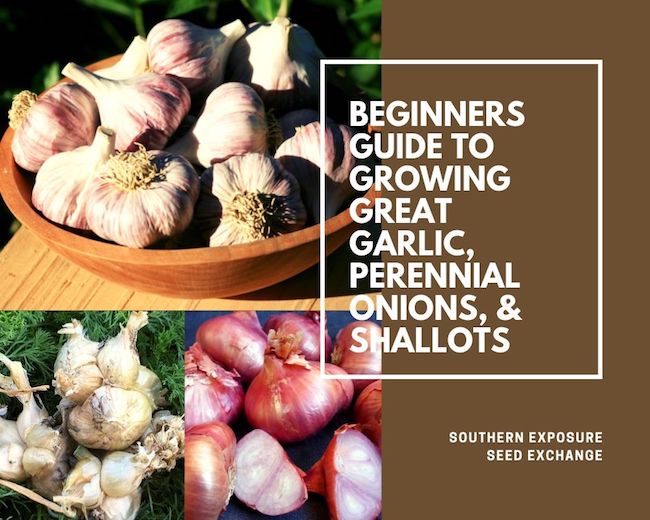
Beginners Guide to Growing Great Garlic, Perennial Onions
Growing Shallots
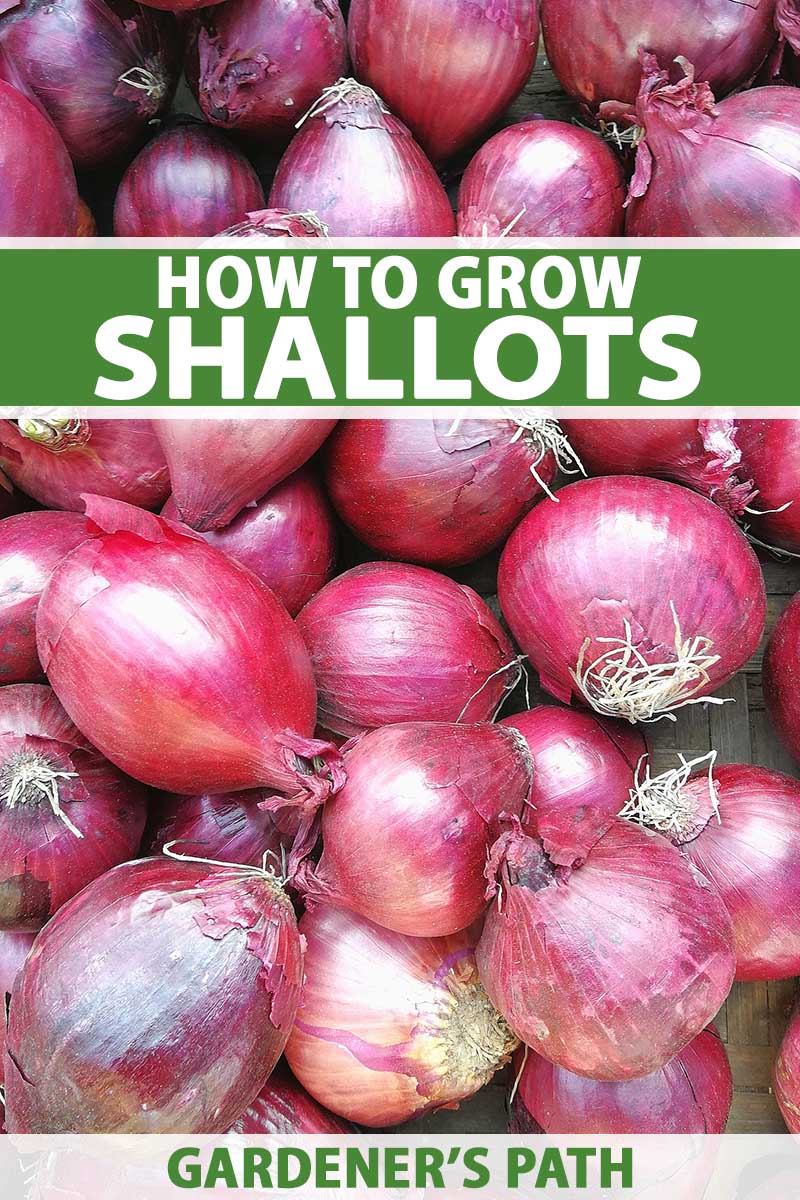
How to Plant and Grow Shallots
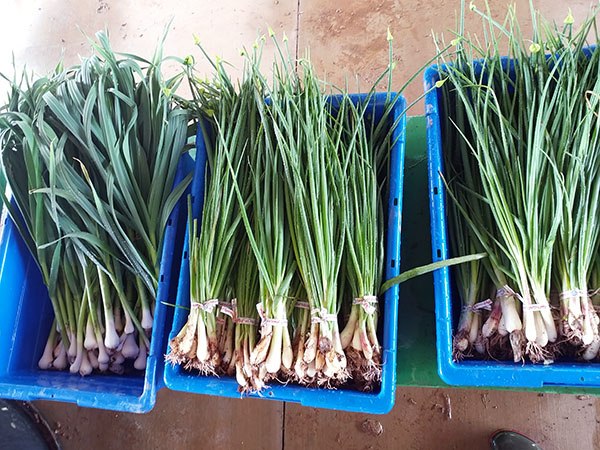
Shallions, bulbs, and edible flowers: Three crops from one fall
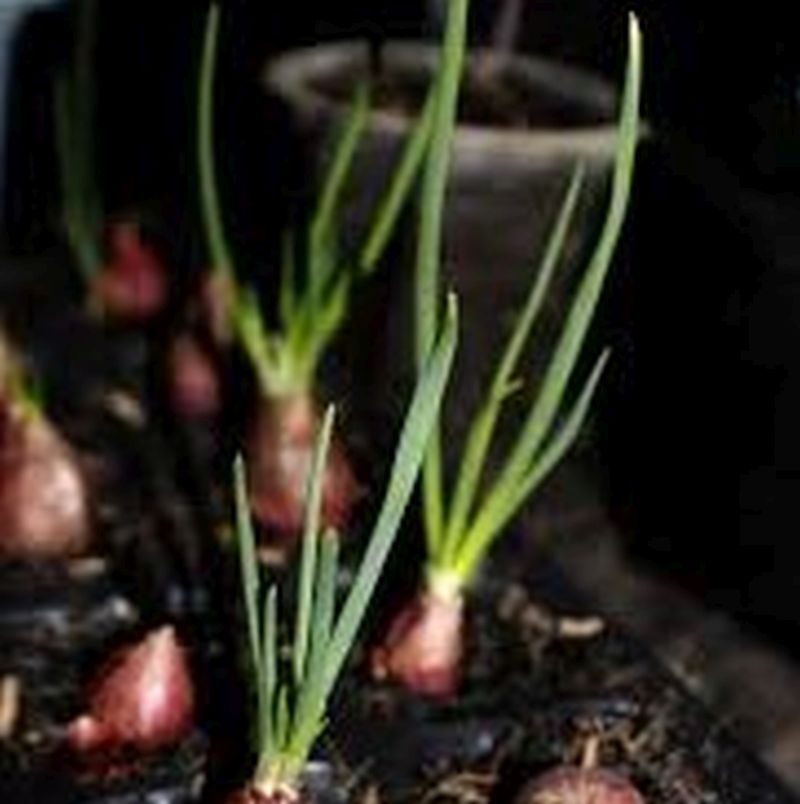
Shallots Star Nursery Garden and Rock Centers

How to Grow Shallots
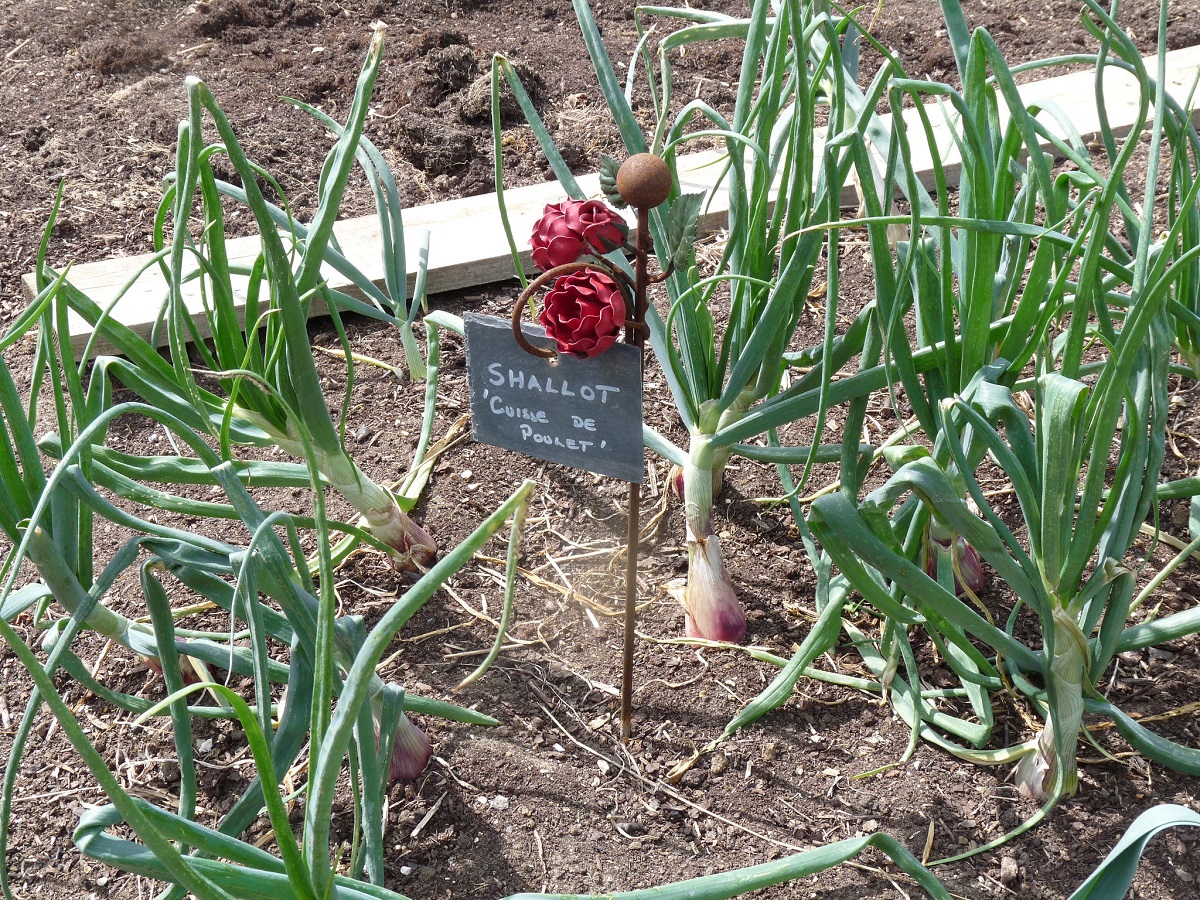
Growing Shallots • Insteading

How to Grow Shallots

shallot harvest – Sustainable Market Farming

Growing Organic Shallots
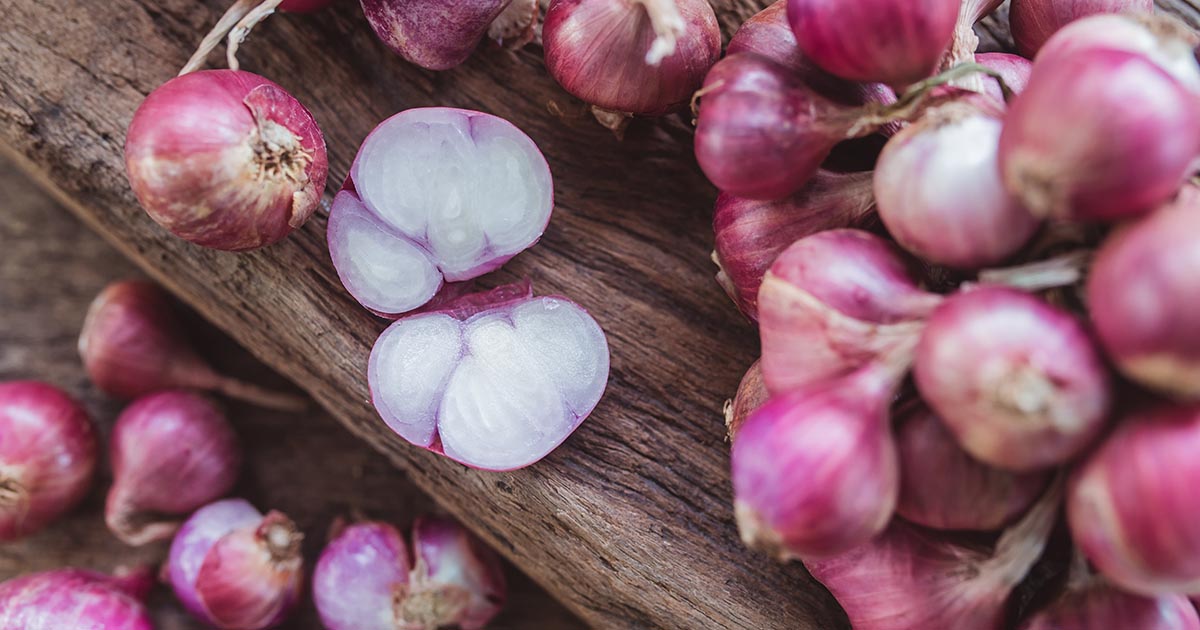
How to Plant and Grow Shallots
Recomendado para você
-
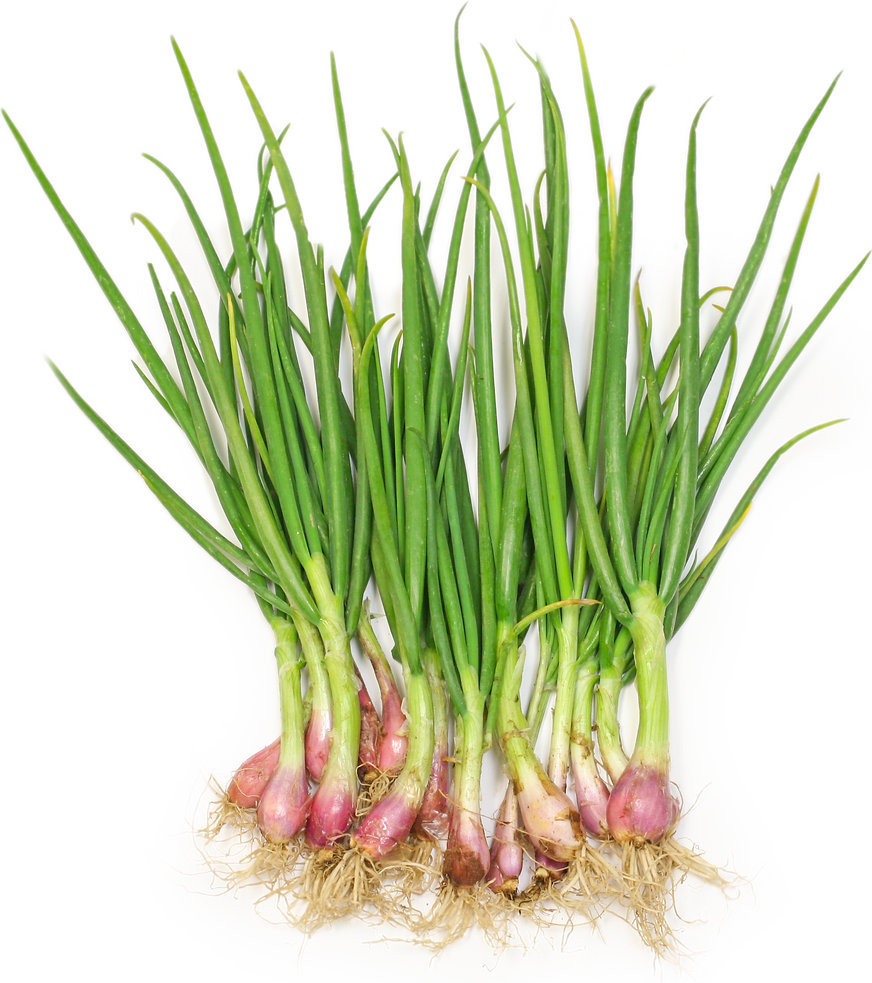 Shallot Shoots Information and Facts30 maio 2024
Shallot Shoots Information and Facts30 maio 2024 -
:max_bytes(150000):strip_icc()/spring-salad-pickled-shallot-2000-f57aa93c692944c4946f2b72bb199aba.jpg) Spring Salad with Pickled Shallot & Avocado30 maio 2024
Spring Salad with Pickled Shallot & Avocado30 maio 2024 -
 5 Reasons To Include Tasty Shallots In Your Diet30 maio 2024
5 Reasons To Include Tasty Shallots In Your Diet30 maio 2024 -
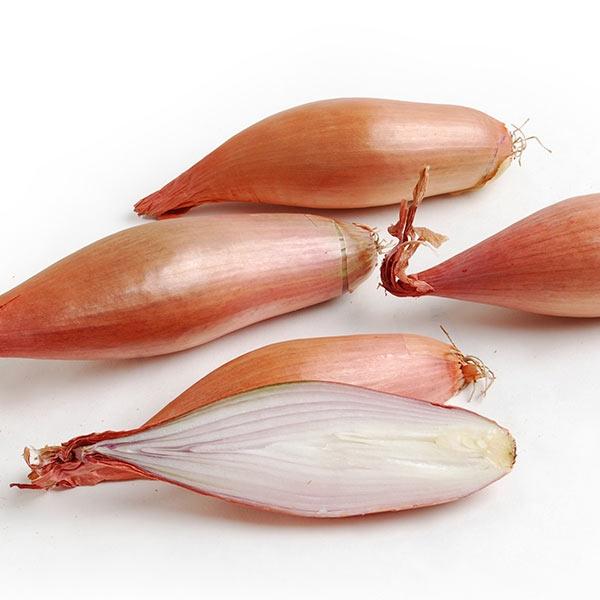 French Echalion Shallots30 maio 2024
French Echalion Shallots30 maio 2024 -
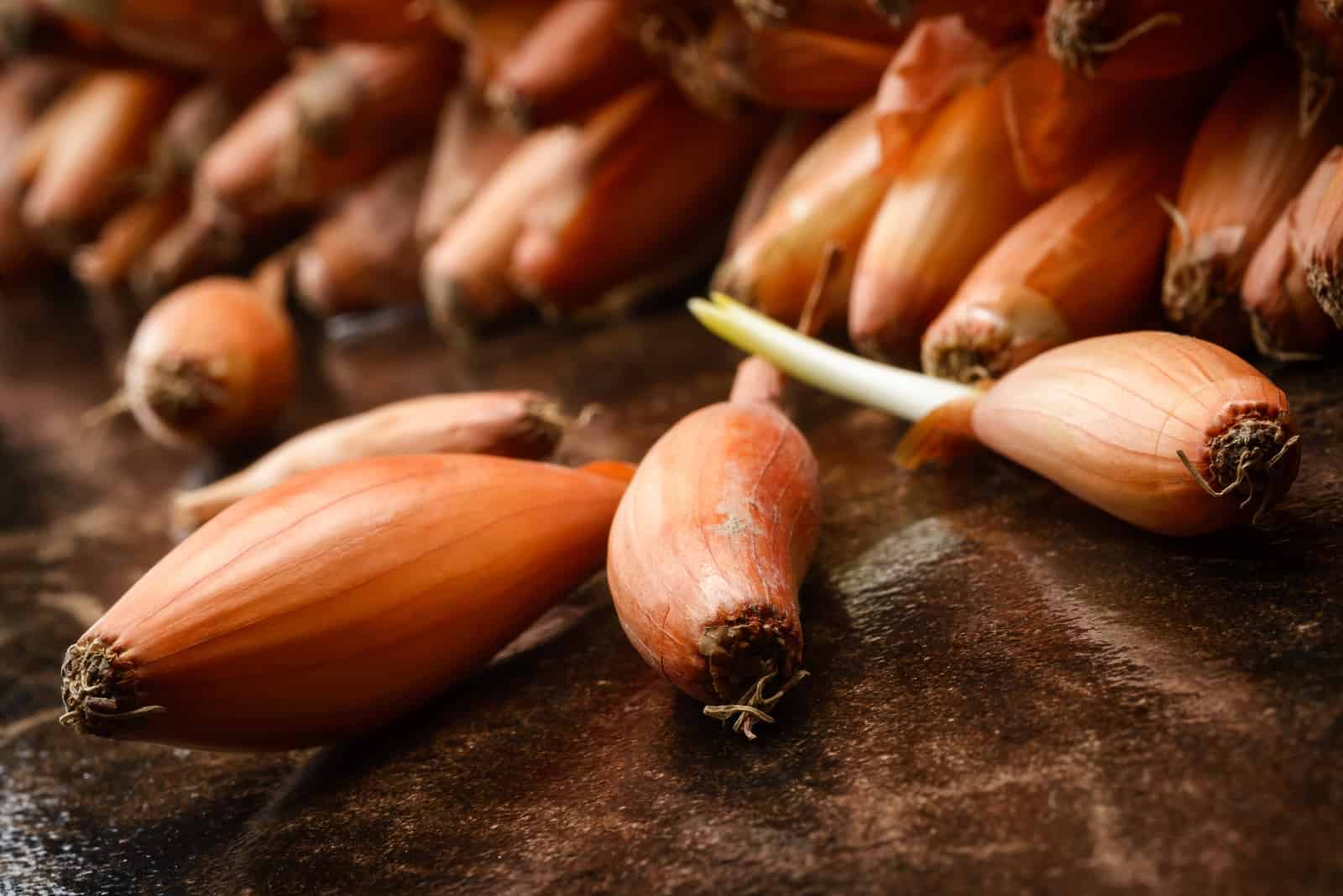 How to Plant, Grow, and Harvest Shallots - Harvest to Table30 maio 2024
How to Plant, Grow, and Harvest Shallots - Harvest to Table30 maio 2024 -
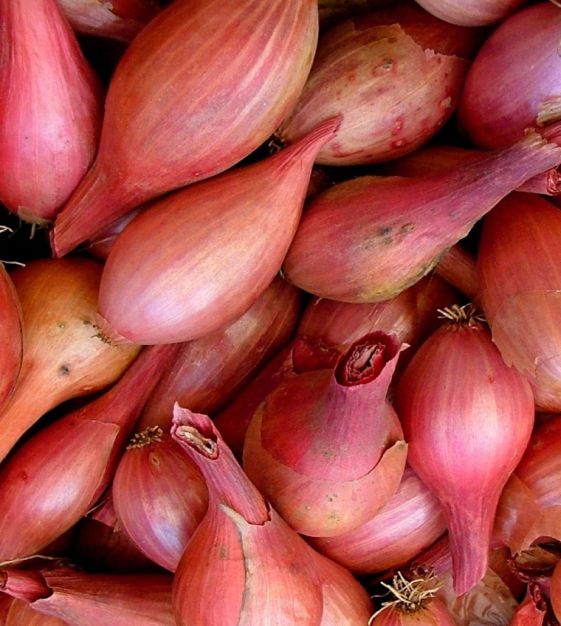 French Red Shallot Fall-Shipped Bulb Sets30 maio 2024
French Red Shallot Fall-Shipped Bulb Sets30 maio 2024 -
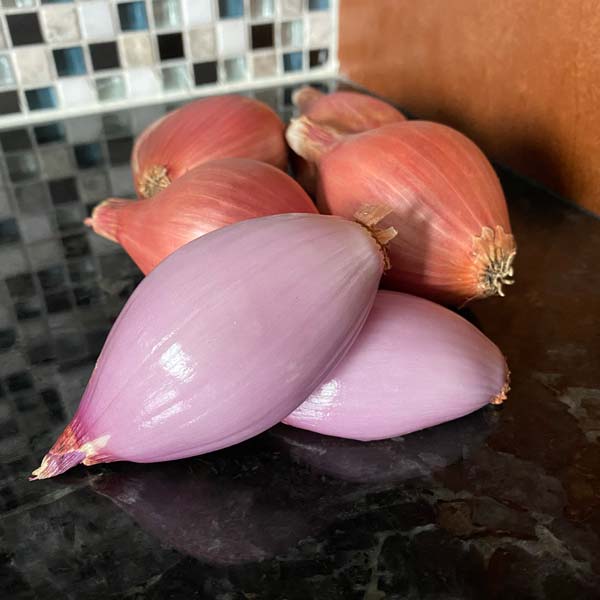 Conservor Shallot Transplants - Certified Organic30 maio 2024
Conservor Shallot Transplants - Certified Organic30 maio 2024 -
 RED Shallot Set (1 lb Bag ) No GMO Heirloom Bulb, Plant Spring and Fall Garden Vegetable : Patio, Lawn & Garden30 maio 2024
RED Shallot Set (1 lb Bag ) No GMO Heirloom Bulb, Plant Spring and Fall Garden Vegetable : Patio, Lawn & Garden30 maio 2024 -
 QAUZUY GARDEN 500 Gray French Shallot Seeds, Premium Non-GMO Heirloom Organic Vegetable Seeds30 maio 2024
QAUZUY GARDEN 500 Gray French Shallot Seeds, Premium Non-GMO Heirloom Organic Vegetable Seeds30 maio 2024 -
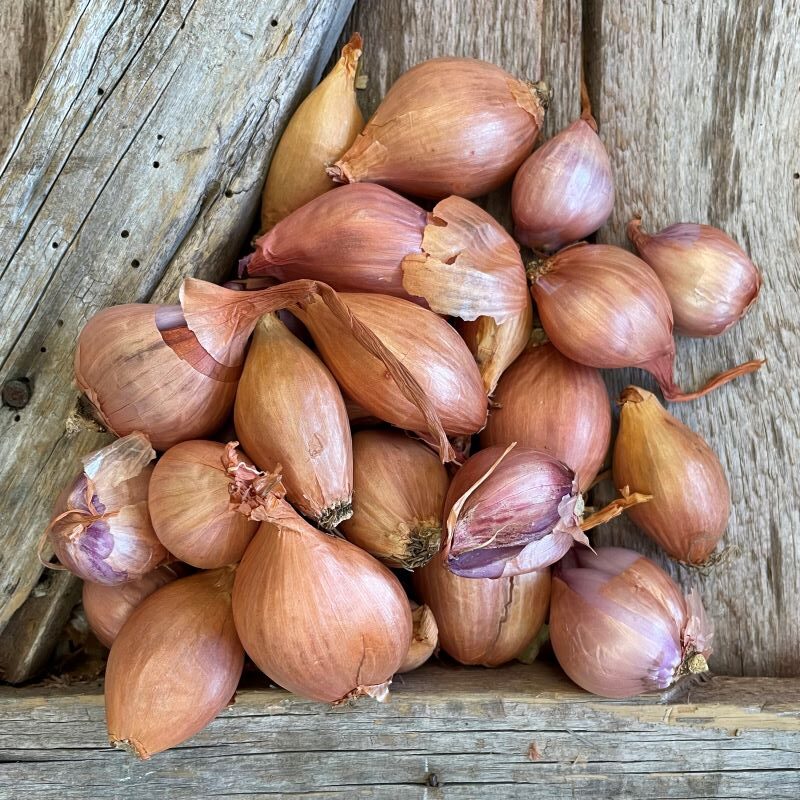 Red Shallots - Certified Organic - Fall Planting30 maio 2024
Red Shallots - Certified Organic - Fall Planting30 maio 2024
você pode gostar
-
 The Rock Speaks GIF - The Rock Speaks Chinese - Discover & Share GIFs30 maio 2024
The Rock Speaks GIF - The Rock Speaks Chinese - Discover & Share GIFs30 maio 2024 -
Is High School DxD finished? - Quora30 maio 2024
-
 ets2_20190524_210505_00, Alison Nunes30 maio 2024
ets2_20190524_210505_00, Alison Nunes30 maio 2024 -
 Justamedomz's Classic Pack (1.19.4 & 1.20 Snapshots) Minecraft30 maio 2024
Justamedomz's Classic Pack (1.19.4 & 1.20 Snapshots) Minecraft30 maio 2024 -
 Super Mario Bros: Professora se fantasia de Bowser, canta Peaches em festa e viraliza - Notícias de cinema - AdoroCinema30 maio 2024
Super Mario Bros: Professora se fantasia de Bowser, canta Peaches em festa e viraliza - Notícias de cinema - AdoroCinema30 maio 2024 -
 Ready Player One Study Guide, Literature Guide30 maio 2024
Ready Player One Study Guide, Literature Guide30 maio 2024 -
 MORE viewers games! Challenge Fins to 3+0 blitz on lichess.org30 maio 2024
MORE viewers games! Challenge Fins to 3+0 blitz on lichess.org30 maio 2024 -
The 100+ Best Cartoon Characters In TV History30 maio 2024
-
 FilmPlus - Filmes e Séries v1.9.4r Apk Mod (Sem Anúncios) Download 2023 - Night Wolf Apk30 maio 2024
FilmPlus - Filmes e Séries v1.9.4r Apk Mod (Sem Anúncios) Download 2023 - Night Wolf Apk30 maio 2024 -
 POKEMON SWORD SHIELD - MOD DOS INICIAIS DE OUTRAS REGIOES - GAMEPLAY PT BR LETSPLAY30 maio 2024
POKEMON SWORD SHIELD - MOD DOS INICIAIS DE OUTRAS REGIOES - GAMEPLAY PT BR LETSPLAY30 maio 2024
